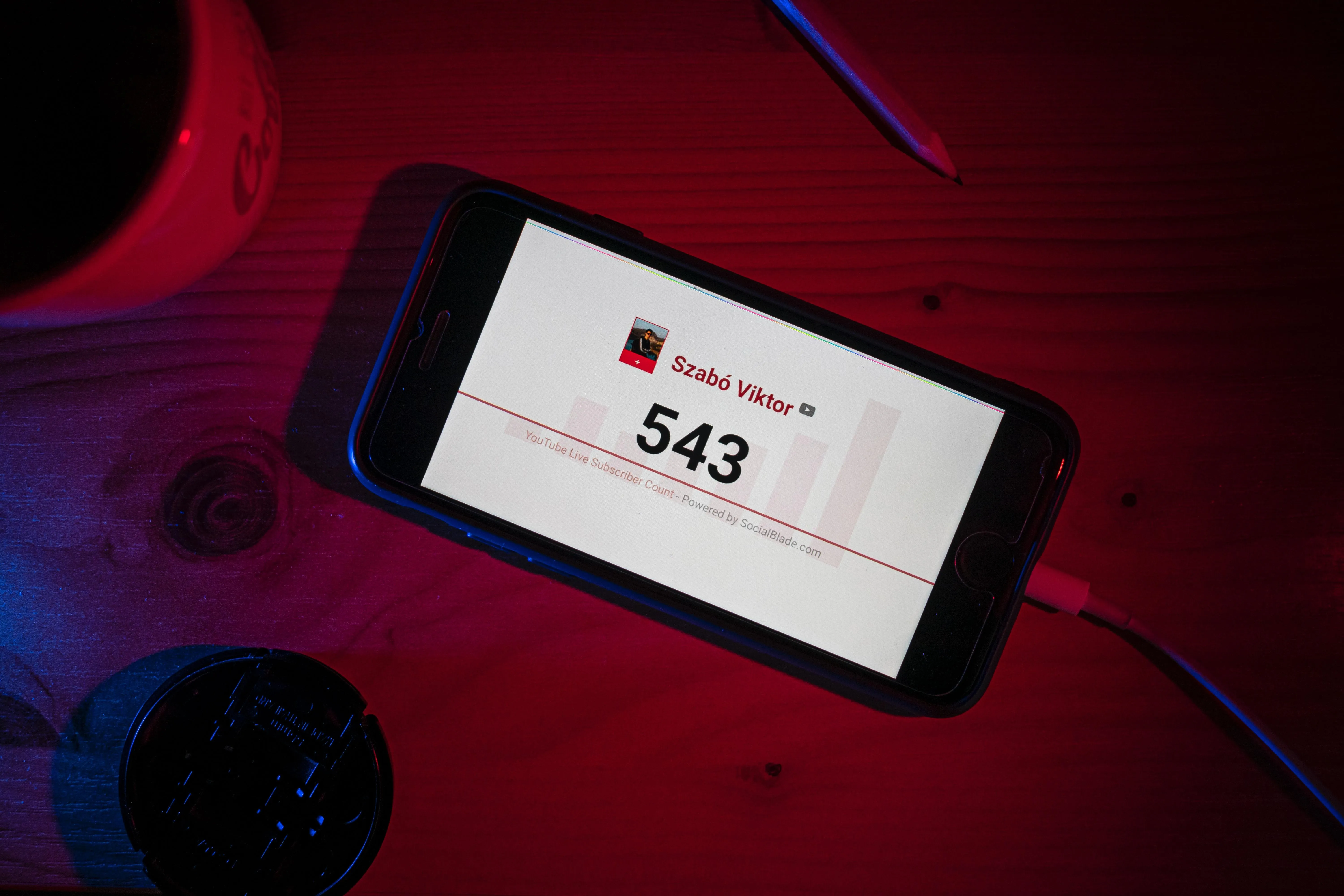UPDATED: December 24, 2025
As a thriving platform for creativity and content sharing, YouTube has made its mark as one of the most significant sources of revenue for content creators worldwide.
Through YouTube's Partner Program (YPP), aspiring content creators can monetize their content and even create a thriving career from their video content. Your earnings depend on a variety of factors but if you're just getting started you might be wondering about your hypothetical earning potential.
Today we'll take a deep dive into YouTube's monetization methods and what aspiring content creators can expect to earn from 100,000 views on YouTube.
Key Points:
- Understanding YouTube's Monetization Model
- The CPM (Cost Per Mille) Model
- Calculation: How Much For 100k Views?
- Frequently Asked Questions
Understanding YouTube's Monetization Model

The YouTube Partner Program (YPP) allows eligible content creators to earn money through their YouTube videos. It's the backbone of monetization on YouTube and a sought-after membership for any YouTube creators serious about creating a career out of their YouTube channel.
YouTube Partner Program Requirements
As of June 2023, the eligibility requirements for the YouTube Partner Program have been lowered. In order to qualify, your YouTube channel must meet the following requirements:
-
500 subscribers
-
3 public uploads in the last 90 days
-
3000 watch hours in the past year (OR)
-
3 million Shorts views in the last 90 days
Along with the above, the following is required:
-
An AdSense account
-
Compliance with all of YouTube's policies and guidelines
Ways to Earn Through The YouTube Partner Program
Once your YouTube channel has been accepted to the YPP, there are a few ways you can monetize your content.
YouTube pays creators through advertising revenue, channel memberships, merch, Super Chat, and YouTube Premium revenue, but advertisements and YouTube Premium are considered the most lucrative of these monetization features.
Advertisements and YouTube Premium: Keys to Monetization
The two main sources of income for most YouTube stars are advertisements and YouTube Premium.
Advertisements
Once you're part of the YouTube Partner Program, you can choose to display YouTube ads on your videos. Through this, you can earn ad revenue based on viewer interaction and the number of video views you receive.
Types of video ads include:
-
display ads
-
overlay ads
-
skippable ads
-
non skippable ads
-
bumper ads
-
sponsored cards
YouTube Premium
YouTube Premium is a subscription service that provides a variety of perks, including an ad-free viewing experience for users.
Despite the lack of ads, creators can still earn revenue from YouTube Premium. The generated revenue is based on how much time Premium subscribers spend watching their content. Because of this, even if your viewers are using YouTube Premium, you're still earning money when they watch your videos.
The CPM (Cost Per Mille) Model

CPM stands for Cost per Mille (mille meaning 'one thousand'). On YouTube, CPM refers to the cost an advertiser pays for every thousand views of their advertisement on your video.
YouTube's earning model relies heavily on CPM, and it's a key factor in determining the your potential revenue.
CPM Rate Factors
Several factors can influence your CPM rate and impact how much you earn from each YouTube video. This includes:
1. Viewer's Location: Advertisers are willing to pay more for views from certain countries, like the USA, Canada, or the UK, where consumers have more purchasing power. Because of this, if a significant proportion of your audience is from these high-CPM countries you can expect to earn more per view.
2. Video Content: Advertisers tend to pay more for content related to finance, technology, business, or health because these niches are more likely to attract viewers interested in their products or services.
3. Audience's Age: Viewers aged 18-34 are considered highly valuable by many advertisers as they are more likely to make online purchases.
4. Current Demand for Ad Space: During peak shopping seasons such as the holidays, the demand for ad space often increases, leading to higher CPM rates.
Calculation: How Much For 100k Views?

By using the CPM model we can easily calculate potential earnings on YouTube.
Let's assume that your average CPM is $2. This means that for every thousand views, you earn $2. If your video reaches 100,000 views, you can calculate your earnings as follows:
(Number of views / 1,000) * CPM = Earnings
(100,000 / 1,000) * $2 = $200
This formula implies that with 100,000 views on a video and an average CPM of $2, you can expect to earn $200.
So how much does the average YouTuber earn for 100k views?
The highest paid YouTubers in 2022 were Mr Beast ($54 million), Jake Paul ($45 million), and Markiplier ($38 million), according to Forbes' 2022 list.
According to Bloomberg, the top 3% of YouTube channels (including the creators listed above, earn around $16,800 per year on YouTube just with ad revenue alone - this doesn't include sponsorships, brand deals, merch, Premium revenue, Super Chat, and all the other potential revenue streams available for content creators on the platform.
Of course, these creators enjoy an above-average level of popularity, so how much does the average YouTuber earn for every 100k views they gain?
YouTube pays $0.01 to $0.03 per view, with most creators earning around $0.018 per view (that's $18 per 1,000 views and $1,800 for 100,000 views).
Keep in mind that all of this depends on your content niche, post frequency, overall popularity, the type of ads that you include in your video, and several other variables. According to Zipplia the average YouTube content creator earns around $1,269 per week ( or $5,499 per month).
Variables That Could Affect Potential Earnings
While the above calculation provides a base idea of potential earnings, real-life scenarios might produce different results due to various factors:
1. Content Niche: Different niches have different average CPM rates. For instance, content related to finance or technology usually garners a higher CPM than content related to entertainment or vlogging.
2. Seasonal Fluctuations in Ad Demand: Ad demand changes throughout the year, affecting the CPM rate. During the holiday season or significant sales events (like Black Friday), advertisers are willing to pay more, resulting in higher CPM. Conversely, the CPM might decrease in less active periods.
Frequently Asked Questions
How many YouTube views do I need to make $2000 a month?
You'd need approximately 11,111 views to earn $2000 a month on YouTube.
How much money is 1 million views on YouTube?
1 million views on YouTube could earn you up to $18,000 dollars - assuming that each view resulted in earnings at an average of $0.018 per view.
How many YouTube subscribers do I need to make $10,000 a month?
Subscribers don't directly translate into earnings, but if every subscriber viewed your content at least once and that view resulted in earnings you'd need about 55,556 subscribers to make $10,000 in a month.
How many YouTube views do I need to make $5000 per month?
You'd need about 78,000 views on YouTube to eanrn $5000 in a month, assuming that every view resulted in earnings.
How much money is 500k views a month on YouTube?
You could earn approximately to $9000 a month from 500,000 monetized views on YouTube.



